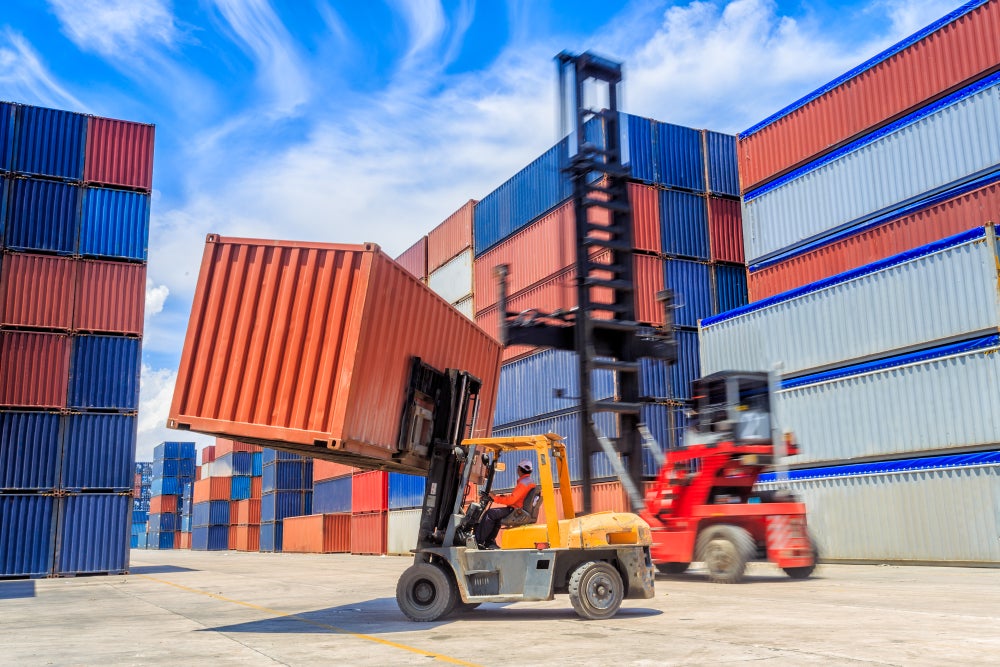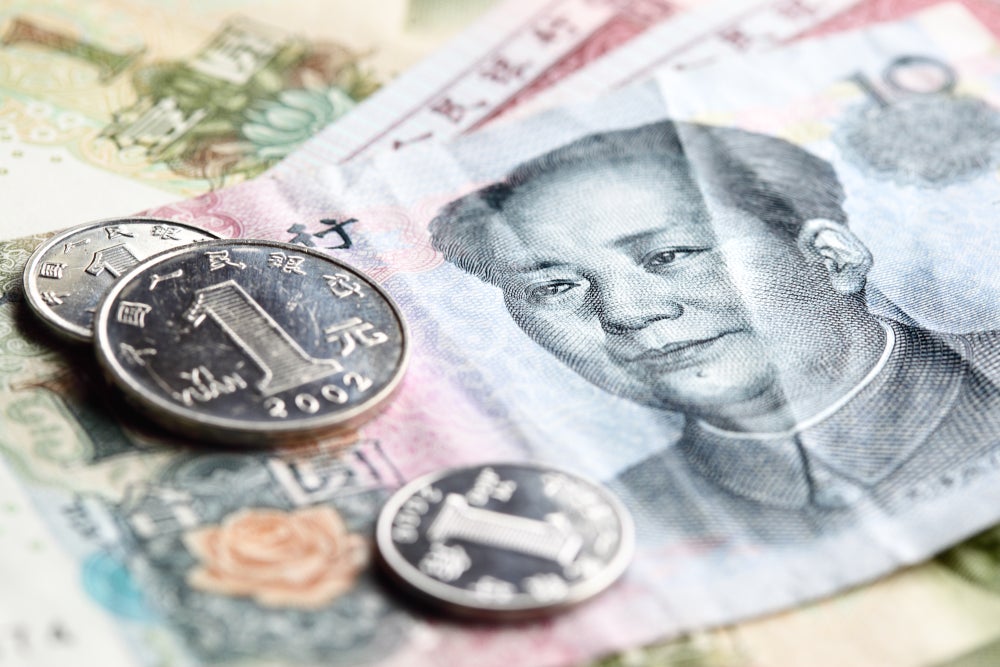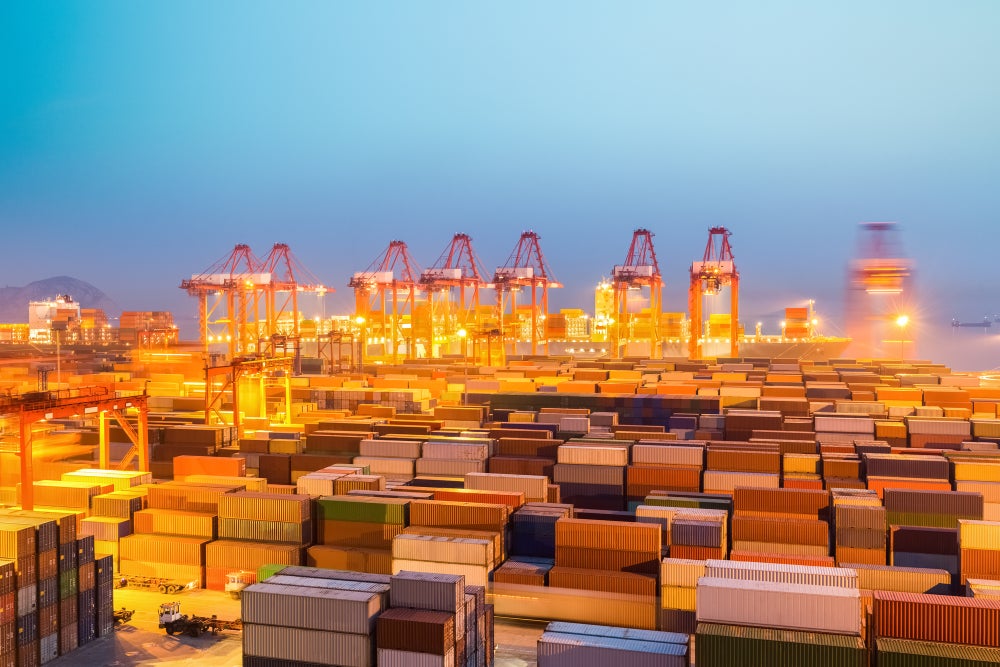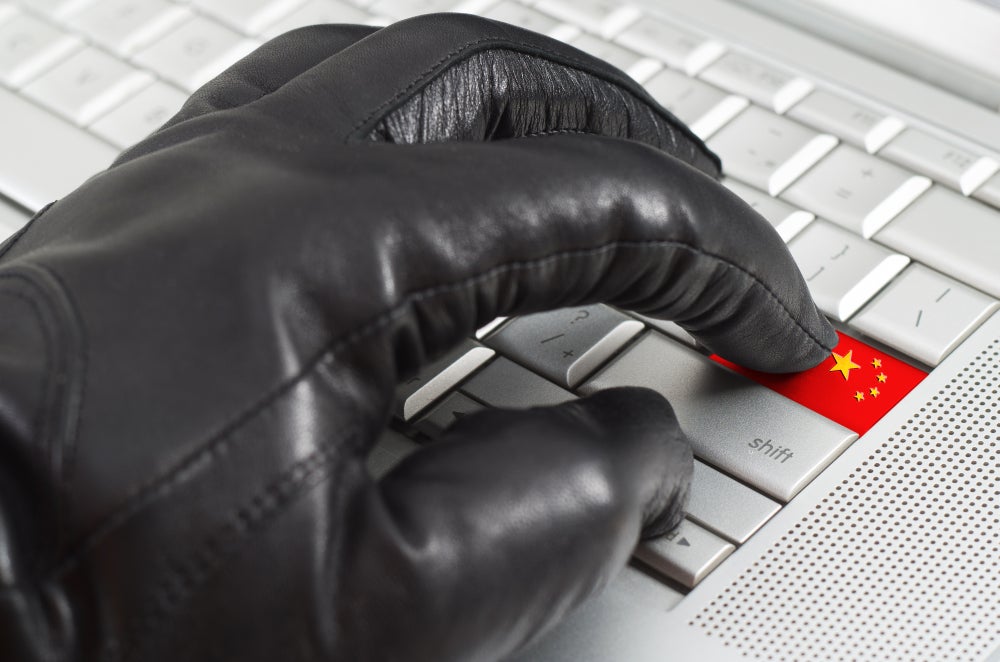May
20, 2021
12 min read
Opinions expressed by Entrepreneur contributors are their own.

Are you an entrepreneur? And you found an amazing product that you want to sell in Mexico, but it turns out that the factory is in China (or maybe the most competitive price), and you don’t know where to start. China is the factory of the world, and in addition to being far and wide, it can be overwhelming to navigate through all the details necessary to be able to import .
Importing products from China is not complicated, but if you don’t do it the right way, you can lose all your money. In addition to having founded Prestadero (a credit Fintech), I have founded two trading companies for more than 10 years that import and export products , mainly from China. That experience has allowed me to create this guide to give you some basic tips.
You don’t have to go to china

Image: Depositphotos.com
Many entrepreneurs think that the first step to be able to import a product from China is to physically go to find factories or go to fairs to meet suppliers. It can be useful in some cases, but it is not absolutely necessary. Everything you can do physically, you can do it cheaper remotely.
Do you want to make sure that the factory is in good condition? Send an inspector to the factory remotely. Do you want to validate that the product has the quality you are looking for? Ask for a sample and have it sent by parcel (in general, many companies give you the sample and you only pay for the shipping; or if it is an expensive product, they will pay you for it when you buy the large order if you end up hiring them).
Study INCOTERM

Image: Depositphotos.com
INCOTERM is the international trade term, and it has substantive implications on price (and on the limitation of buyer and seller responsibilities). This INCOTERM will tell you in a very simple way what the quote includes.
It is important that when you compare quotes you make sure to compare pears to pears. For example, a quote of $ 10 EXW and another of $ 10 CIF, they seem very similar, but they are very different. The first implies that the product will be delivered to you at the factory of origin and you will have to collect it and send it to the final destination at your cost (EXW or Ex Works), while the second includes the cost of freight and insurance (Cost Insurance & Freight ). Normally the INCOTERMs are accompanied by the destination port or address; For example, CIF Manzanillo means that it includes the freight and insurance to the port of Manzanillo.
The most common INCOTERM when listed in China is FOB ( Free on Board ). For example, FOB Ningbo, which implies that the quote includes the loading of the product in a container and put on the ship in the port of Ningbo.
Don’t underestimate the “extra” costs to import your product

Image: Depositphotos.com
What you pay the provider is only part of the cost. Even being such a distant country, there are times where freight and import are more expensive than the product, so you have to take that into account. Here I mention some of the costs that can impact the cost of your product placed in your home or warehouse:
Taxes (IGI)
This is the main tax, called General Import Tax (IGI) that you must pay to import your product, and it will affect its cost. The complicated thing here is that this tax is a percentage of the value of the product, but it is not a fixed percentage, it depends on its tariff classification and the country of manufacture. For example, the IGI for toothbrushes made in China is 15%; electric shavers, 15%; fishing rods, 10%; artificial Christmas trees, 15 percent.
You see, each type of product has a tariff classification, which will not only give you the IGI to pay, but also the import requirements and restrictions. The first thing you should do is find the tariff classification of your product (or ask a customs agent for help), in order to know the import requirements and the tax to pay ( a page that can help you is this ). While there may be other taxes such as the Customs Procedure Law (DTA), the ISAN (cars) or the IEPS (alcoholic beverages), the IGI is the main tax that impacts the cost of your product.
VAT
You will have to pay 16% VAT on the value of the merchandise when entering the country. You are not saved from this tax, but the good news is that this tax should not affect the cost of your product, but simply you should consider it in your flow / investment. That is, if you import a product in 100 pesos, you will pay 16 pesos of VAT when it enters the country. Now suppose you sell it for 200 pesos + VAT (232 pesos). By declaring to the SAT, the VAT received from the sale (32 pesos) you can offset the VAT paid on the purchase (16 pesos), in such a way that your gross income is the same 100 pesos (200 – 100 pesos) and the VAT that you paid when importing (16 pesos) you get it back with the VAT received when selling (32 pesos), only paying the “surplus” of 16 pesos to the SAT.
Sea freight
This cost is important, and if the purchase volume is high, your only viable cost option would be ocean freight (they generally arrive from China to Mexico at the ports of Manzanillo or Lázaro Cárdenas). This cost can vary greatly (I have seen ocean freight costs ranging from $ 1,500 to over $ 10,000 per container).
My recommendation is to try to optimize your shipments in a container, so that you do not carry empty space. Although you can also share space with others in a container, called LCL (Less than Container Load), I do not recommend it, since deconsolidation costs in port are generally more expensive than hiring a full container, even if it is not 100% full. For all this operation, you can contact companies called “forwarders” that help you with this operation. But from the number of pieces to import with your supplier, you must quote in such a way that it occupies the optimized space of a container (there are different sizes of containers).
Insurance
Usually it is not such a significant cost, but it is important to consider. Many times it is a percentage of the value of the merchandise (0.5 to 1%, for example, but it also depends on the type of merchandise). Your forwarder can quote you the insurance.
Land freight
This is a cost that the forwarder can also coordinate for you, and it is the cost of taking the container from the destination port (for example, Manzanillo) to your warehouse (for example, in Mexico City). It can be by train or truck, or combined. If your merchandise arrives in Manzanillo and you want to take it to the metropolitan area, this cost is generally between $ 1,000 and $ 2,000.
Other costs
These costs may include maneuvers at the destination port, container cleaning, merchandise review at destination, possible delays (if the import takes time), customs agent fees … It is best to provide a percentage for any incidents or additional expenses. If everything is well planned, this% should not be greater than approximately 3%.
Avoid making mistakes about import requirements

Image: Depositphotos.com
This is the point where you should be more careful, and it is closely linked to the tariff section that we discussed earlier. Depending on the classification of your product, there will be certain requirements that you must meet, and if you are not sure, better talk to a customs agent before making payments, because this can be the most expensive of an import or can even cause you to lose your merchandise and your money (I’m telling you from experience!). Some of the most common mistakes at this point are:
Labelled
According to the tariff section, your product will require (or not) certain labeling regulations. The most common is that it requires general information, such as the country of manufacture, content, importer data, among others. However, there are products that require very specific labeling, such as textiles (label attached with composition, model, importer, care, etc.). If they are not properly labeled from origin, you will have to re-label everything in Mexico (extremely expensive). And if you did not report it and you have customs recognition (red traffic light, let’s say), you can be fined more than the cost of re-labeling.
Intellectual property
If your product infringes on someone else’s intellectual property, in the best case scenario, you won’t be able to import it, but also your merchandise could be destroyed and you could be subject to a lawsuit. For example, do not invent a brand name without first checking if it is registered with the IMPI; do not copy designs of already registered or patented products, among others.
More requirements
In addition to the requirement of correct labeling, some products require special permits or compliance with additional Official Mexican Standards. Check very well the tariff section of your product and all its requirements before importing. Sometimes you even have to request a specific importers registry (if you or your company carries out the import) for “special” products, such as textiles, footwear, or alcoholic beverages.
Fraud

Image: Depositphotos.com
One of the concerns I have heard from entrepreneurs who want to import is the risk of fraud. What if I pay them and they run away with my money? What happens if they do not send me the agreed products, or they send me less quantity? Here are some final tips to take care of this risk:
Perform a due diligence on your provider
You can use commerce pages (like Alibaba.com) where you can see information about the provider, its transactionality, the time they have been operating, and some photos and reviews.
Send an inspector to the factory
You can do this remotely (for example, Bureau Veritas is a company that can provide you with all kinds of inspectors). This inspection can be done to give you general information about the factory, and also as a surprise inspection during production, or final to determine quality, etc.). This is a tool that I recommend, especially if the customer-supplier relationship is new, to validate that they are not giving you a hoax.
Part payments into an advance and a settlement
Generally, in China, 30% down payment and 70% are requested at the end of production. This will allow you to inspect your merchandise before paying the final 70%.
Use letters of credit, “escrow” accounts , or similar services, which will allow you to have protection of your money in accordance with established production milestones
Alibaba.com has a service called “Trade Assurance” that gives you some protection when signing an online contract with the provider, in addition to providing you with a validated account of the provider to make the transfer that will prevent you from depositing in the wrong or fraudulent accounts.
As you will see, you do have to consider several factors when importing (not all of them are here). I would have liked to have read these tips when I started, so here I share them hoping they will serve you. Again, I think it is not complicated, but you do have to be informed. Contact a forwarder and / or customs agent to support you if it is your first time importing. Also their experience can save you several mistakes.






